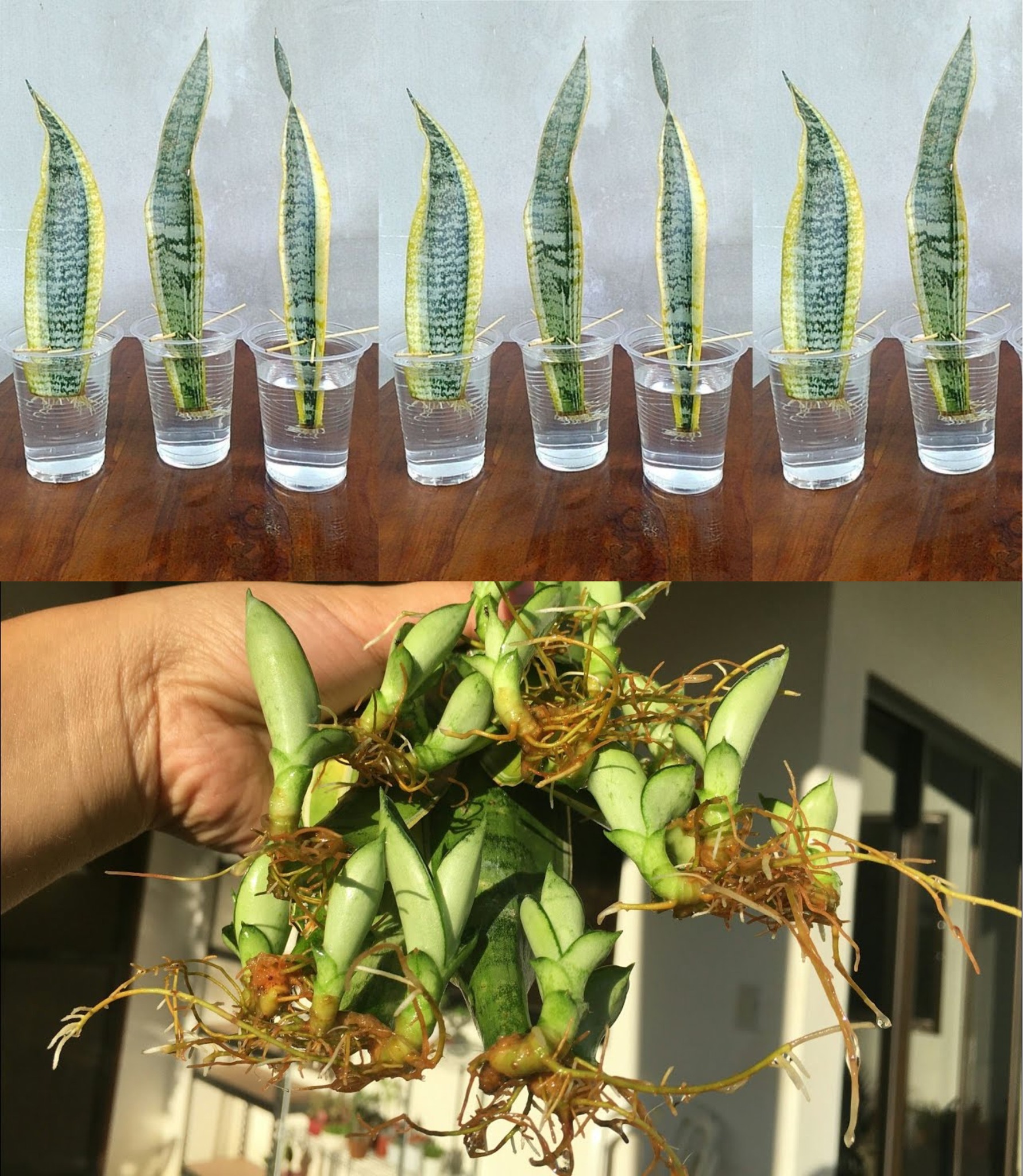
The plant known as mother-in-law’s tongue, also referred to as Sansevieria, devil’s tongue, or snake plant, is not just visually appealing but also remarkably easy to cultivate and care for. This article provides insights on how to encourage its blooming and enjoy its delightful fragrances.
Sansevieria, admired for its extraordinary resilience, thrives even in dimly lit areas. It’s important to highlight its role as an air-purifying plant, capable of absorbing harmful substances like formaldehyde, trichlorethylene, and benzene, commonly found indoors. Thus, it’s an excellent choice for air purification.
Exploring Sansevieria Varieties
- Sansevieria trifasciata: The most popular variant, it boasts thick leaves ranging from 30 to 60 cm in length, with hues of dark green or silver gray.
- Sansevieria trifasciata golden hahnii: Known for its compact size, this variety features wide, 10 cm tall leaves with a gray stripe flanked by yellow bands.
- Sansevieria trifasciata laurentii: Similar to the Sansevieria trifasciata but distinguished by a unique border line on its leaves.
- Sansevieria cylindrica: This cylindrical plant, with rolled or braided leaves, is favored for its modern aesthetic.
- Sansevieria trifasciata argentea: Notable for its silver-colored leaves.
These varieties also prosper without direct sunlight.
Plant Maintenance Tips
- Light Exposure: Sansevieria prefers indirect light; too much sunlight can damage its foliage. Ideally, place it near a bright area, like a window, maintaining an ambient temperature of 18-21°C.
- Repotting: Repot when roots overgrow or after 3 years, using a pot slightly larger in diameter and quality potting soil for good drainage.
- Watering: Water only when the soil is dry, increasing frequency from March to June. In summer, water weekly, keeping it out of direct sunlight. From September to November, reduce watering frequency, and in winter, water monthly.
- Fertilizing: Use liquid fertilizer for green plants if needed, but regular potting soil replenishment often eliminates the need for additional fertilizer.
- Leaf Care: Trim drying leaves and clean with a soft, damp cloth.
- Propagation: During repotting, divide the root ball into sections to propagate, particularly effective for variegated foliage types.
Following these guidelines will ensure your Sansevieria not only survives but thrives, enhancing your space with its beauty and air-purifying qualities.